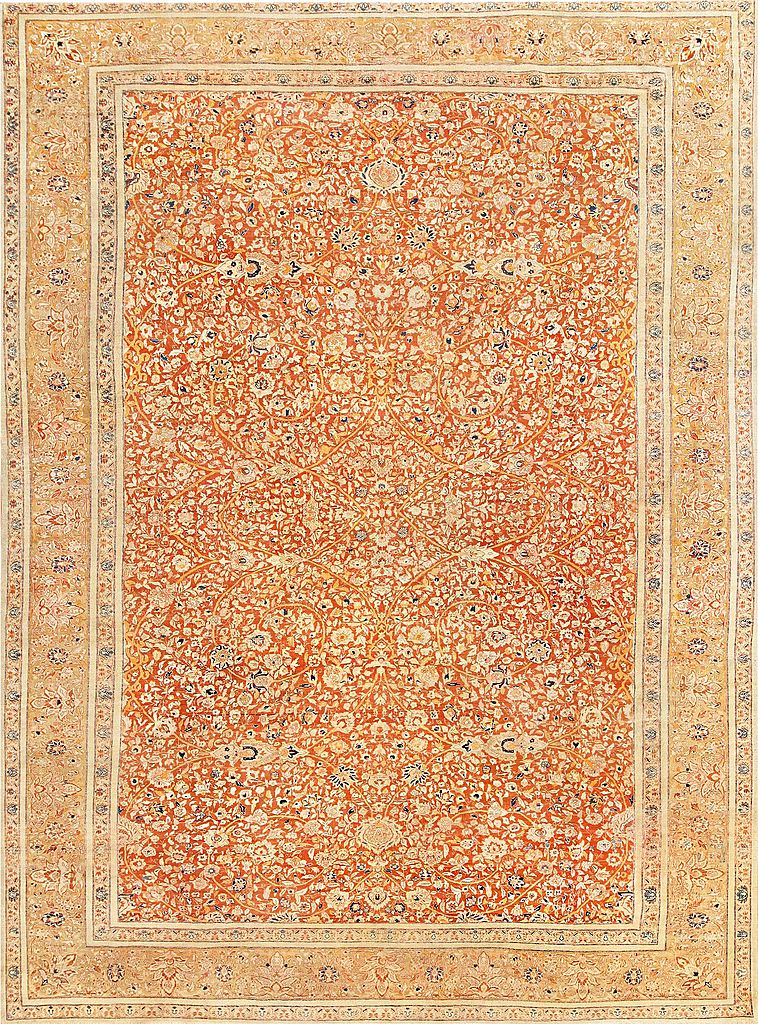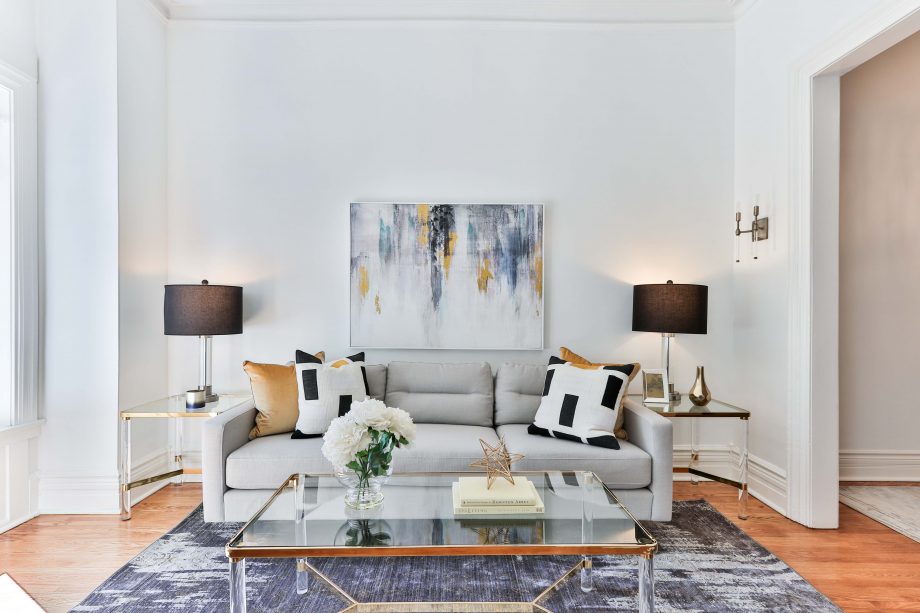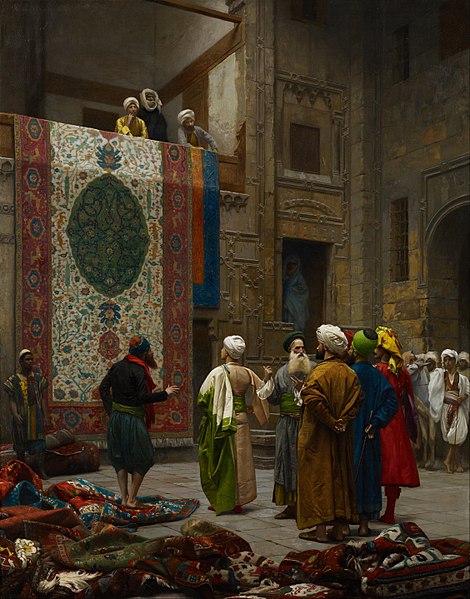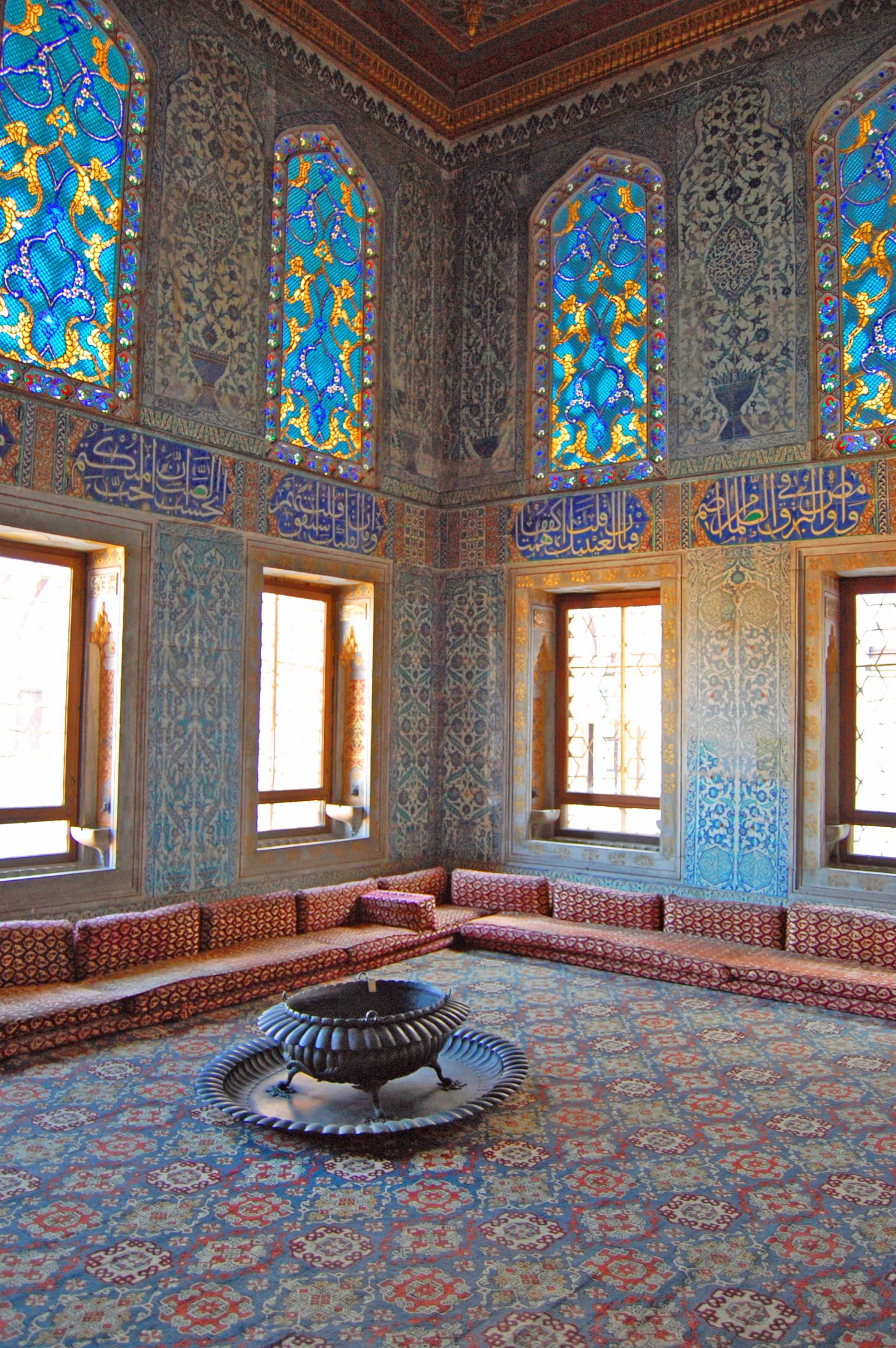Thinking that carpet weaving mastery has been solely related to the combination of the right designs and patterns by skilled artisans would be childish. Those who can look deeper know that ancient carpets were made based on a language of symbols and visual aesthetics that gave a touch of personalized individuality to every knot. They are like
a portal straight to the thoughts and wishes of the weaver.
There are many commonly used elements like colors and symbols in ancient Persian Rugs that make good storytelling elements and complete the whole idea of the weaver. They help to define if the weaver has depicted personal information or a story from the past. Although it cannot be compared to higher intellectual forms of artistic expression, those rugs helped to enrich Oriental and Western cultures with elements of mysterious beauty. Mystique elements in most forms of applied oriental arts are linked to their tales, beliefs and needs.
One of them is the garden, floral designs, gardens and animals. It is normal that a country where water is so important depicts images of beautiful gardens almost in every form of art and decoration. Other symbolical elements included in these rugs are animals and colors. Each of them is used to represent a single emotion or character, while combined together they can create a whole story.
The most common used creatures and their meanings:
Dragon – emperor
Phoenix – empress, immortality
Camel – wealth, happiness
Lion – victory, power
The eagle in flight – good fortune
The resting eagle – the high-mindness of the spirit
Bat – happiness
Dog – protector of noble places
Hunting dog – glory and honor
The tree of life – understanding, truth
The sun – radiant light, lucidity
Duck – faithful marriage
Dove – peace
Tarantula – prevents from bad luck
Stag – long life
Fish – undying love
Cypress tree – life after death
Persian artisans from Tabriz, Isfahan, Kashan and Kerman weaved some of the most astounding designs through the combination of the above-mentioned symbols. Nowadays these symbols are not used in the same way they were in ancient time. However, nomad weavers continue to knot what they see, landscapes and other motifs related to their personal experiences. Meanwhile, weavers in villages focus on designs and motifs that they are asked to use.







